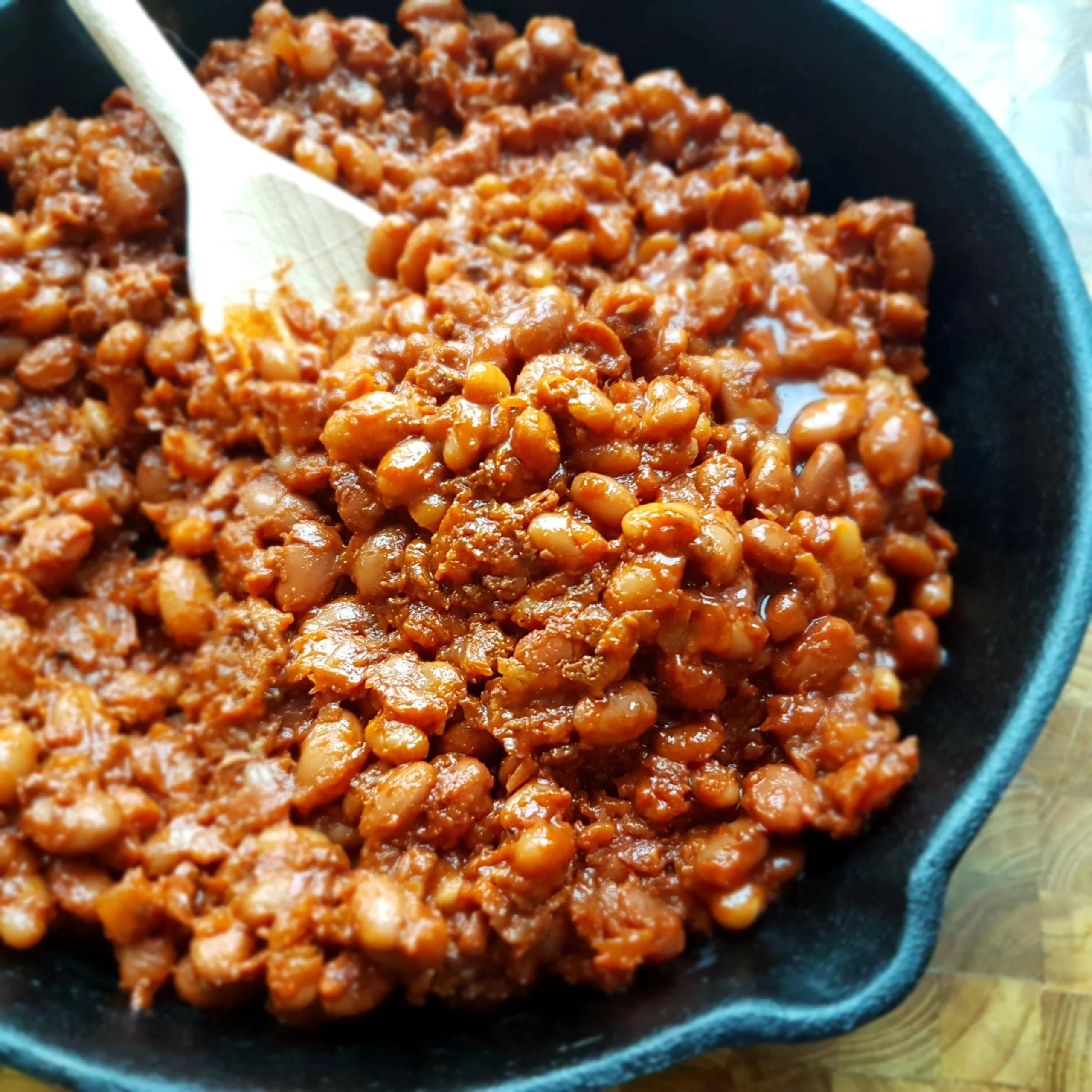When it comes to barbecue, one cannot overlook the smokey goodness of pit smoked beans. These beans are a classic side dish that perfectly complements any grilled or smoked meat. The term pit beans refers to the method of cooking, where the beans are slow-cooked in a pit, infusing them with a rich and smoky flavor. Let's dive into the world of pit smoked beans and discover why they are so beloved by barbecue enthusiasts.

The Origin of Pit Smoked Beans
Pit smoked beans have a long history in American barbecue culture. The technique of slow-cooking beans in a pit can be traced back to the Native American tribes who used pits to cook their food. Over time, pit smoking became a popular method of cooking meat and beans in the Southern United States.
Traditionally, pit beans were made by adding beans, spices, and meat (such as bacon or ham) to a cast iron pot. The pot was then placed in a pit alongside the meat being smoked. The beans would cook slowly over several hours, absorbing the smoky flavors from the meat and the pit.
The Flavors of Pit Smoked Beans
The magic of pit smoked beans lies in the incredible flavors that develop during the slow-cooking process. The beans become tender and infused with the smokiness of the pit, creating a unique and irresistible taste. The addition of spices and meat enhances the overall flavor profile, making the beans a standout side dish.
Typically, pit smoked beans are seasoned with ingredients like molasses, brown sugar, mustard, onions, and garlic. These flavors blend together harmoniously, creating a sweet, tangy, and savory combination that pairs perfectly with grilled or smoked meats.
How to Make Pit Smoked Beans
If you're eager to try your hand at making pit smoked beans, here's a simple recipe to get you started:
Ingredients:
- 2 cups dried beans (such as pinto or navy beans)
- 1 onion, chopped
- 4 cloves of garlic, minced
- 1/2 cup molasses
- 1/4 cup brown sugar
- 2 tablespoons mustard
- 6 slices of bacon, cooked and crumbled
- 4 cups of water
- Salt and pepper to taste
Instructions:
- Soak the beans overnight in water. Drain and rinse.
- In a large pot, combine the soaked beans, chopped onion, minced garlic, molasses, brown sugar, mustard, bacon, and water.
- Bring the mixture to a boil, then reduce the heat and simmer for 2-3 hours, or until the beans are tender.
- Season with salt and pepper to taste.
- Serve hot as a side dish with your favorite barbecue meats.
Q: Can I use canned beans instead of dried beans?
A: While dried beans are traditionally used for pit smoked beans, you can definitely use canned beans for convenience. Just be sure to adjust the cooking time accordingly as canned beans require less time to cook.
Q: Can I make pit smoked beans vegetarian?
A: Absolutely! Simply omit the bacon or substitute it with vegetarian-friendly alternatives like smoked tofu or tempeh. The beans will still have a delicious smoky flavor.

Q: Can I cook pit smoked beans on a grill instead of a pit?
A: Yes, you can! If you don't have access to a pit, you can use a grill with indirect heat. Place the beans in a cast iron pot or a disposable aluminum pan, and cook them over low heat for the desired duration.
In Conclusion
Pit smoked beans are a delightful side dish that adds a burst of flavor to any barbecue meal. The slow-cooking method and the infusion of smoky flavors make these beans a standout. Whether you're a barbecue enthusiast or just looking to try something new, pit smoked beans are a must-try. Gather your ingredients, fire up the pit or grill, and get ready to indulge in a bowl of smoky goodness!
If you want to know other articles similar to Delicious pit smoked beans: a bbq classic you can visit the Barbecue category.


Related Articles